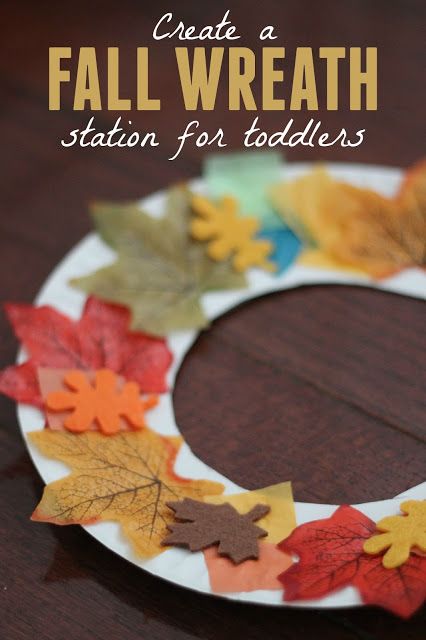
Provisional Cast-ons are a technique which keeps live stitches along a cast-on row's edge. There are many different kinds of provisional cast-ons. This article provides information on provisional casts-ons, as well as links for pattern-specific resource pages. Provisional cast-ons make it possible to complete your knitting project more easily.
Knitting
When you cast on a project, it is important to have the right stitches on your needles. Provisional cast on means that you have two needles. The stitches are generally arranged in the same directions. The average number of stitches you work on each needle is 12 and then you join the yarn for your next row.
To begin knitting, start with a generous strand of yarn. The main colour should be used to knit the scarf. By pulling a yarn or tying a knot, ensure even stitches. You can then cast the bottom end the same way.
Crochet
Provisional cast on crochet allows you to turn a few stitches into a single crochet chain. After you have finished knitting, you can zip the stitches to expose the live stitches. During this process, you will end up with fewer stitches than when you cast on. This technique can be used for any type of crochet.

Provisional cast on crochet can be useful when you want to add a decorative border or increase the length of your knitted sweater. It requires a crochet hook and contrasting color yarn. It differs slightly from the written instructions for a standard provisional cast on, but both methods create a row of live stitches. You can try both methods to see which works best for your project.
Knitting needle
Hold a knitting needle and the work yarn together to make a provisional knit. The working yarn will be used to knit the first few rows, while the waste yarn will be used to finish the job. Once the knitting needle is held together, make sure to leave a long tail to work with.
After you have knit a few stitches, you can break the working yarn and start your next row. Wrap the working yarn around the knitting needle anti-clockwise, then pull it through the last loop. This process can be repeated until all the stitches are used in the pattern.
Scrap yarn
Provisional cast on is a quick and easy way to start casting on. To prevent stitches from unravelling, make sure you use the right yarn. To pick a stitch, insert a knitting knife into it. Scrap yarn can also be used to make a bow to keep slipped stitches from unraveling.
Using scrap yarn is similar to crocheting a cast-on, and is a very useful technique when you're starting a new project. The main difference between a regular and provisional cast-on is how the cast-on is made. With a provisional cast-on, the yarn is used to create a stitch that's meant to be unraveled later.

Circular needle
A provisional cast-on is a technique found in many knitting patterns. It involves picking up stitches and working them in a completely different direction. You can use a circular needle or a crochet hook to do this. It is important to use a smooth yarn that is contrasting in color so you can easily see which stitches are to be pulled out. One knitting needle is all you need to complete a provisional casting on. This makes it much more simple.
After you've completed casting the stitches, you need to secure them. If you are using a circular needle, the marker will need to be slipped to the correct needle. This will be the start of your round. You can either switch to circular or double-pointed knitting needles after you finish the first round.
FAQ
How much does a hobby cost you?
A hobby costs nothing but time. If you are serious about your hobby it could take years before you achieve your goals.
There is one thing that will help you. It's called "passion." If you are passionate about what you do, it will be easier to work hard and make progress.
You may become addicted to the activity once you have put in enough hours. And this is where the real fun begins! Because you are enjoying what you are doing and are constantly improving. So by the end of the year, you will probably have made quite an improvement.
Don't be too concerned about how long it takes. Try it! You might be surprised at the results!
What are some ideas for hobbies?
Hobby Ideas that are great for people who enjoy teaching others.
Hobbies can be a great way to have fun and learn something new.
There are many kinds of hobbies. However, all have the same characteristics. They're usually fun activities that require little effort and cost money.
These involve working with others.
You may not think of yourself as a teacher but there might be something you could do in order to help someone else learn.
You can make a difference in the lives of others by starting a hobby.
What are educational hobbies?
An educational hobby involves a sport or other activity where you can learn something from doing it. This could be anything you want, such as playing sports or learning how to play an instruments.
It should be enjoyable and have fun. While you don't need to do it every day, if bored you might consider other activities.
You should also make sure that you are not spending too much money on these activities. It could end up costing your more than it's worth.
Statistics
- Much of this decline reflects the fact that teens are less likely to work today than in the past; among employed teens, the amount of time spent working is not much different now than it was around 2005. (pewresearch.org)
- In comparison, men in the “no humor” condition were refused 84.6% of the time and were only accepted 15.4% of the time. (time.com)
- The Role of the Mind in Sex, Dating, and Love: Men in the “humor” condition received phone numbers from 42.9% of the female participants and were refused 57.1% of the time. (time.com)
- The intensity of the dialogue partners' bond at the end of the forty-five-minute vulnerability interaction was rated as closer than the closest relationship in the lives of 30 percent of similar students. (time.com)
- Almost 80% of people claim to have no hobby. (hobbylark.com)
External Links
How To
How to Get Started Biking
Bike riding has become a very popular activity. You can get exercise, have fun and take in the fresh air. However, bike riding requires skill and practice before becoming proficient at this sport. To avoid falling off your bike while you ride, you must first learn how to properly use it. Here are some tips to help you learn how to properly ride your bicycle.
Proper cycling clothes are essential. Your clothing should fit comfortably and protect you from the elements. You should always wear a helmet while you're riding. If you do crash, your head won’t hurt too much. It is important to ensure that your bike is well-fitted. A poorly fitting bike could cause injuries during a collision.
Second, it is important to inspect your tires frequently. They must be properly inflated in order to provide adequate traction. Every week, you should check the tire pressure. They should be checked for any debris or dirt. Check the valve stems to ensure that there aren't any leaks. Make sure that the brakes work properly. Look ahead while riding to see what's in store. Avoid riding into traffic because it's dangerous. Pay attention to pedestrians and animals. Use common sense when you're riding. Avoid driving like an insane person and avoid sudden movements.